Chandrasekhar’s role in 20th-century science

19 Οκτωβρίου 2017 --- S. Chandrasekhar’s 107th Birthday
Freeman Dyson: Once the astrophysics community had come to grips with a calculation performed by a 19-year-old student sailing off to graduate school, the heavens could never again be seen as a perfect and tranquil dominion.
Physics Today 63, 12, 44 (2010); doi: http://dx.doi.org/10.1063/1.3529001
In 1946 Subrahmanyan Chandrasekhar gave a talk at the University of Chicago entitled “The Scientist.” 1 He was then 35 years old, less than halfway through his life and less than a third of the way through his career as a scientist, but already he was reflecting deeply on the meaning and purpose of his work. His talk was one of a series of public lectures organized by Robert Hutchins, then the chancellor of the university. The list of speakers is impressive, and included Frank Lloyd Wright, Arnold Schoenberg, and Marc Chagall. That list proves two things. It shows that Hutchins was an impresario with remarkable powers of persuasion, and that he already recognized Chandra as a world-class artist whose medium happened to be theories of the universe rather than music or paint. I say “Chandra” because that is the name his friends used for him when he was alive.
BASIC SCIENCE AND DERIVED SCIENCE
Chandra began his talk with a description of two kinds of scientific inquiry. “I want to draw your attention to one broad division of the physical sciences which has to be kept in mind, the division into a basic science and a derived science. Basic science seeks to analyze the ultimate constitution of matter and the basic concepts of space and time. Derived science, on the other hand, is concerned with the rational ordering of the multifarious aspects of natural phenomena in terms of the basic concepts.”
See full text
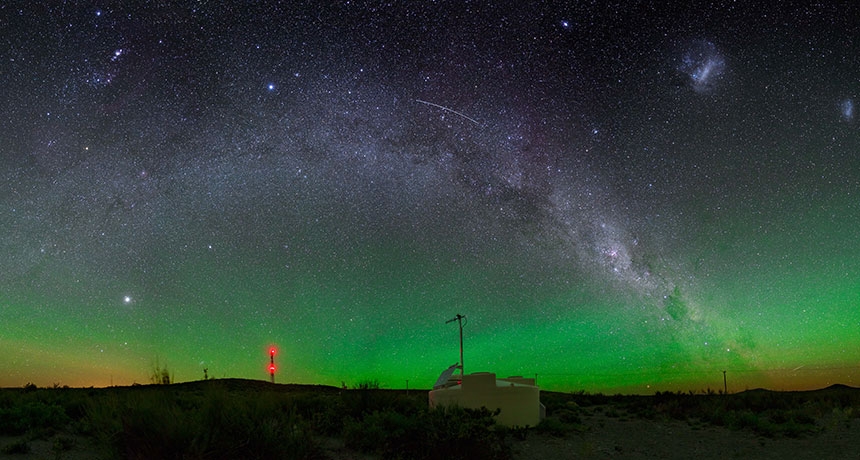
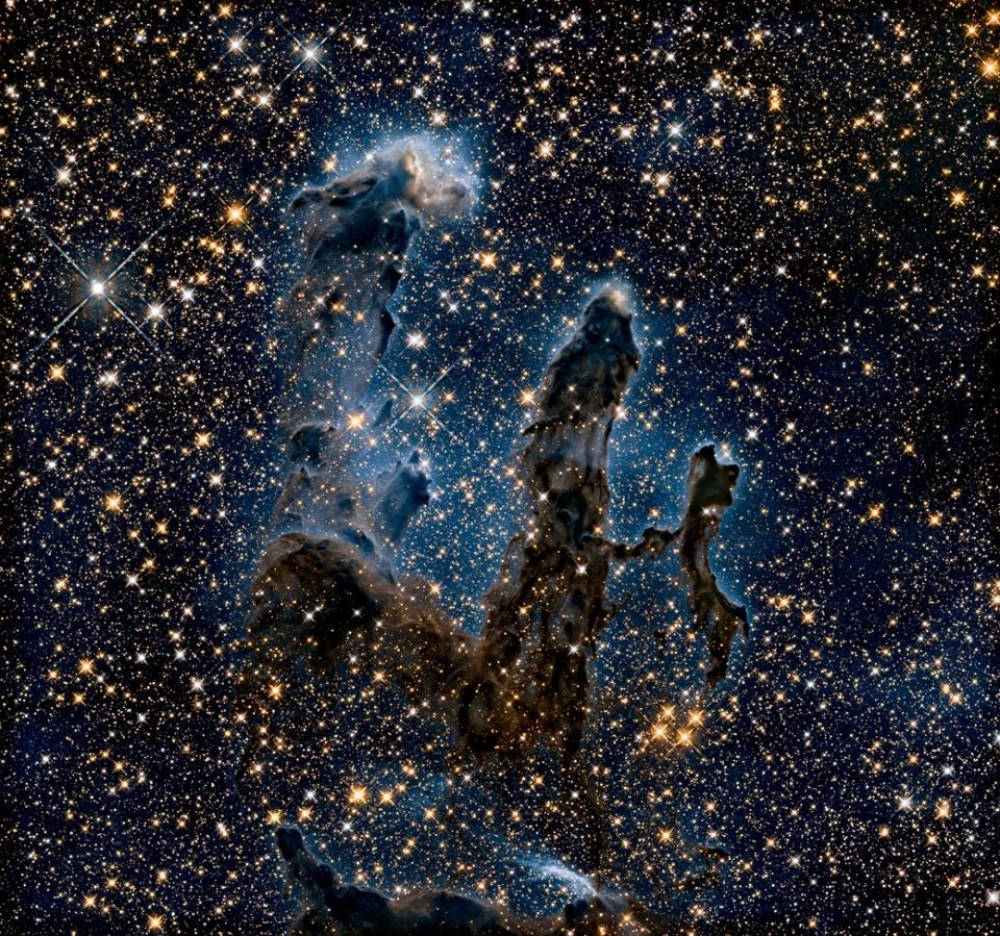
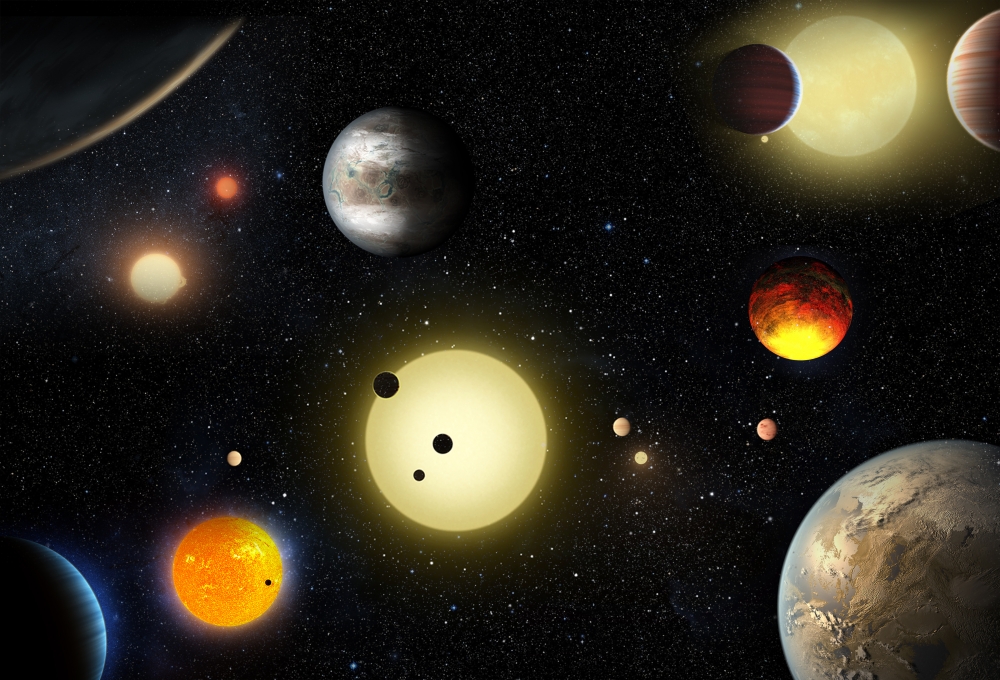
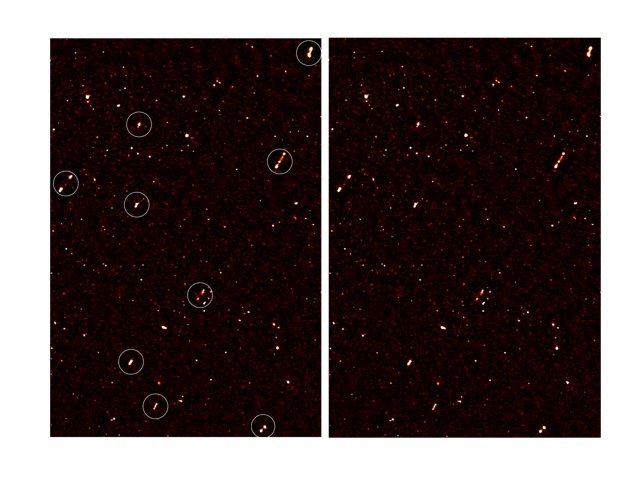
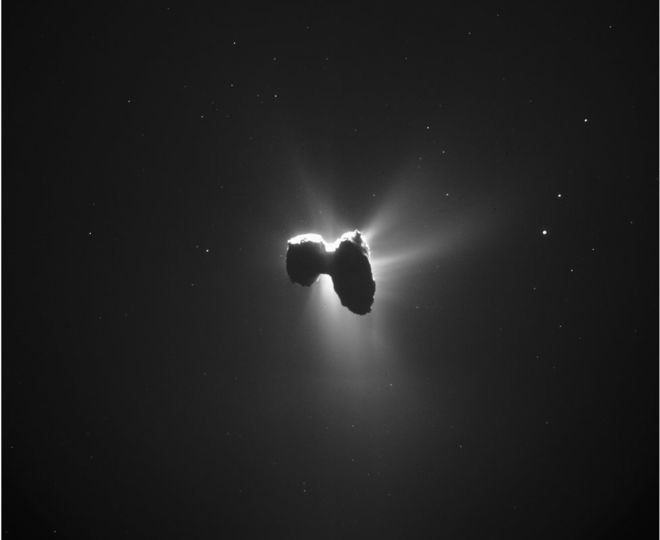
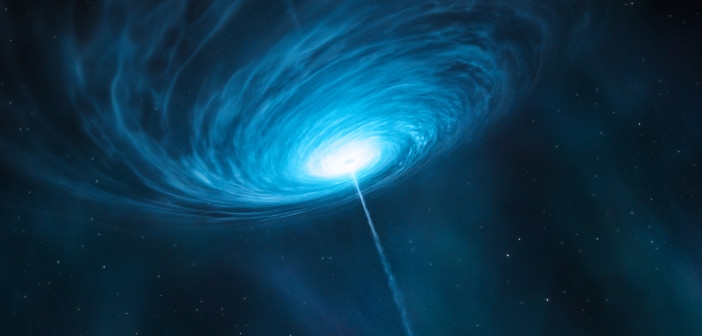
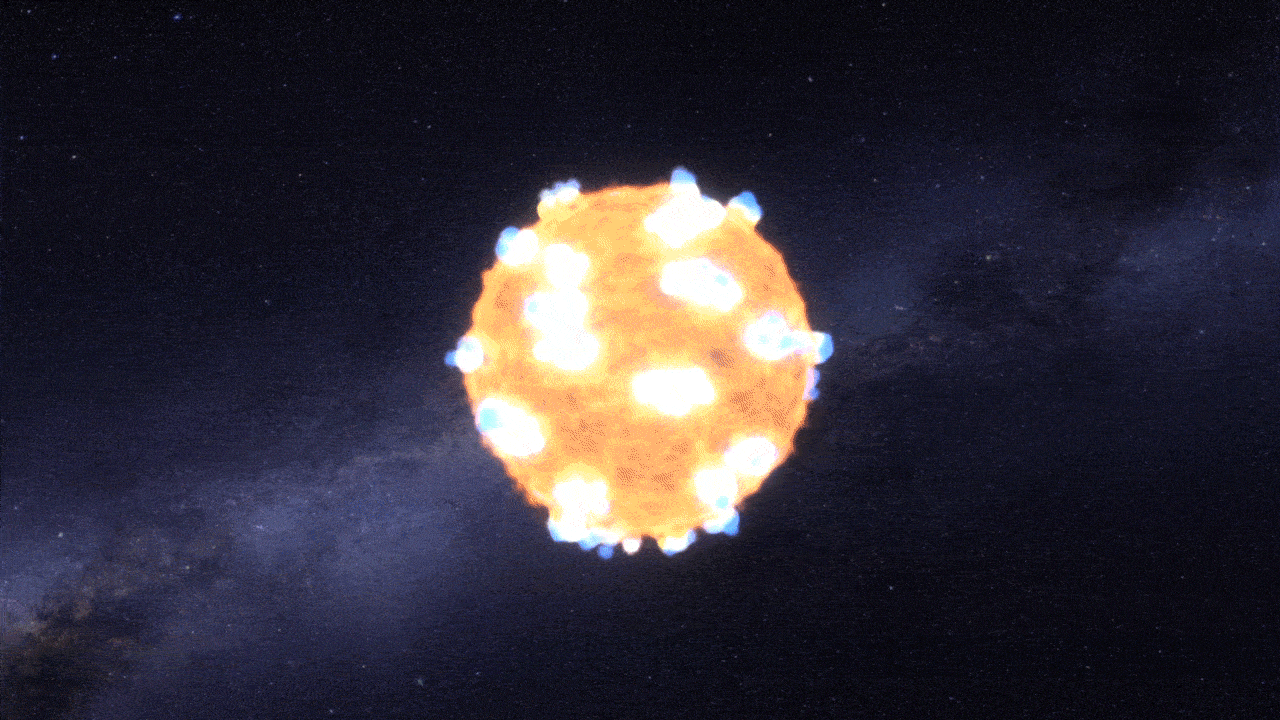
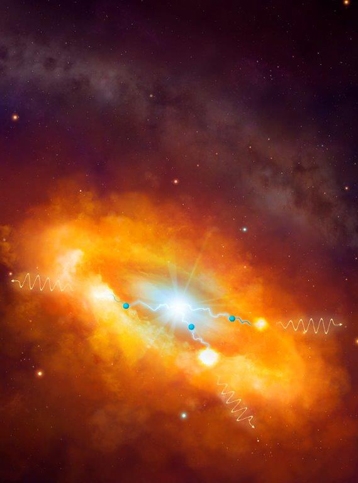
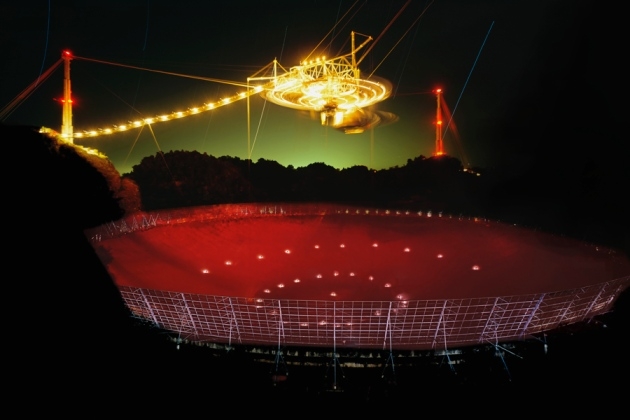
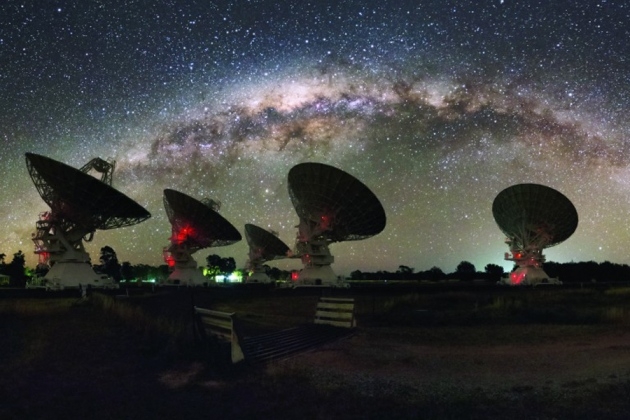
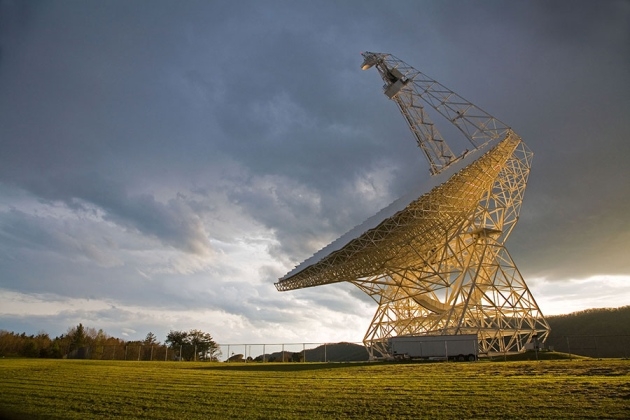
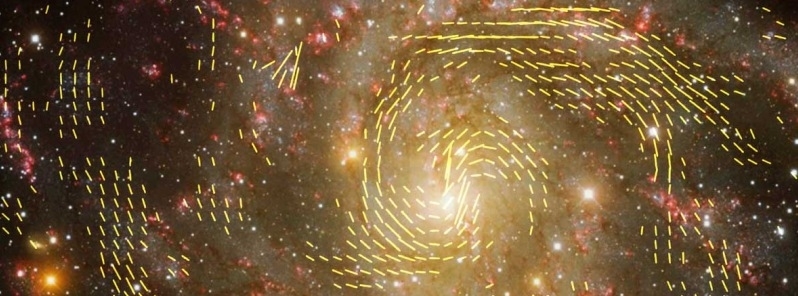
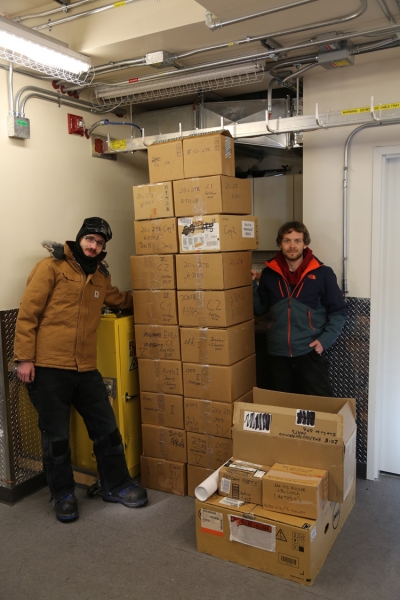
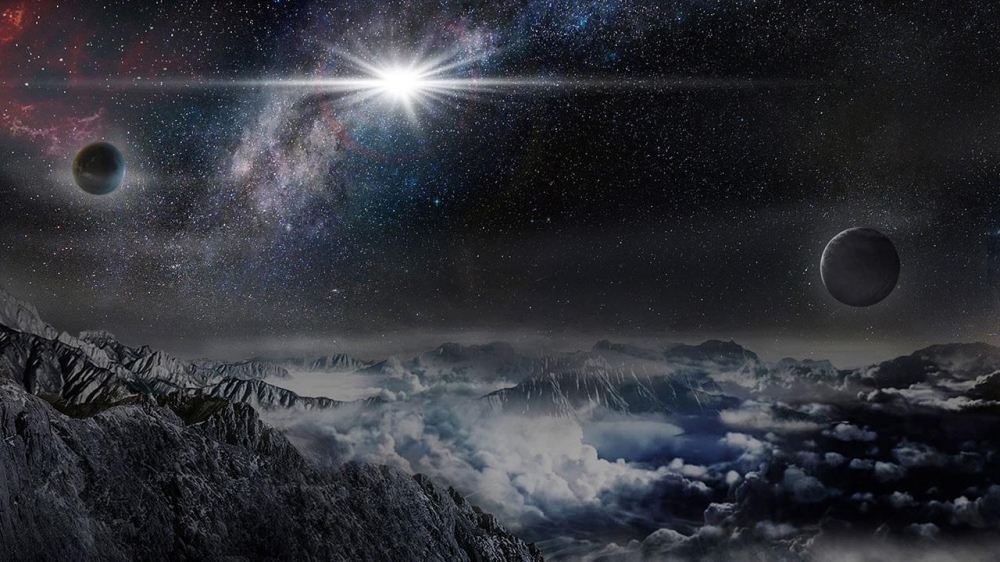 The artist’s impression above shows what it would look like from an exoplanet 10,000 light-years away in its home galaxy.
The artist’s impression above shows what it would look like from an exoplanet 10,000 light-years away in its home galaxy.